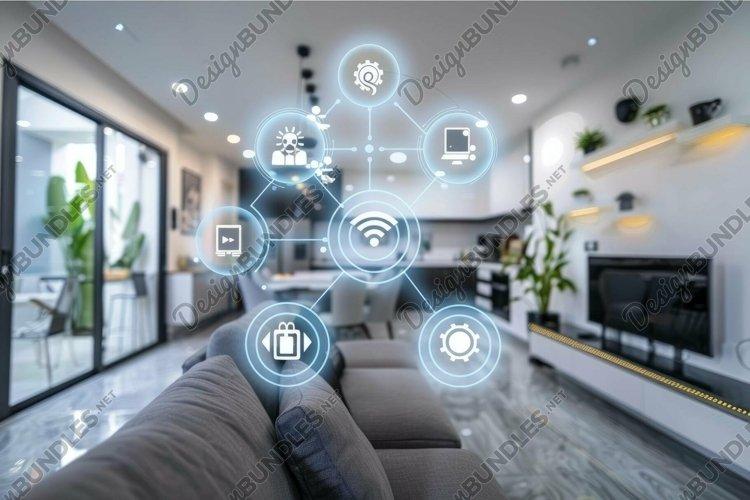In an era where sustainability is more than just a buzzword, the quest for energy efficiency has never been more crucial. The intersection of technology adn eco-consciousness is giving rise to innovations that not only simplify our daily lives but also contribute to a healthier planet. Enter the world of home automation—a realm where convenience meets responsibility. In this article, we will explore a variety of smart strategies and practical tips designed to transform your living space into a green haven. By harnessing the power of smart home technology, you can reduce your environmental footprint while enhancing comfort and efficiency. From intuitive lighting solutions to advanced energy management systems, these energy-saving methods will empower you to make thoughtful choices without sacrificing the modern conveniences we’ve come to expect.Join us as we delve into the future of living sustainably, one smart gadget at a time.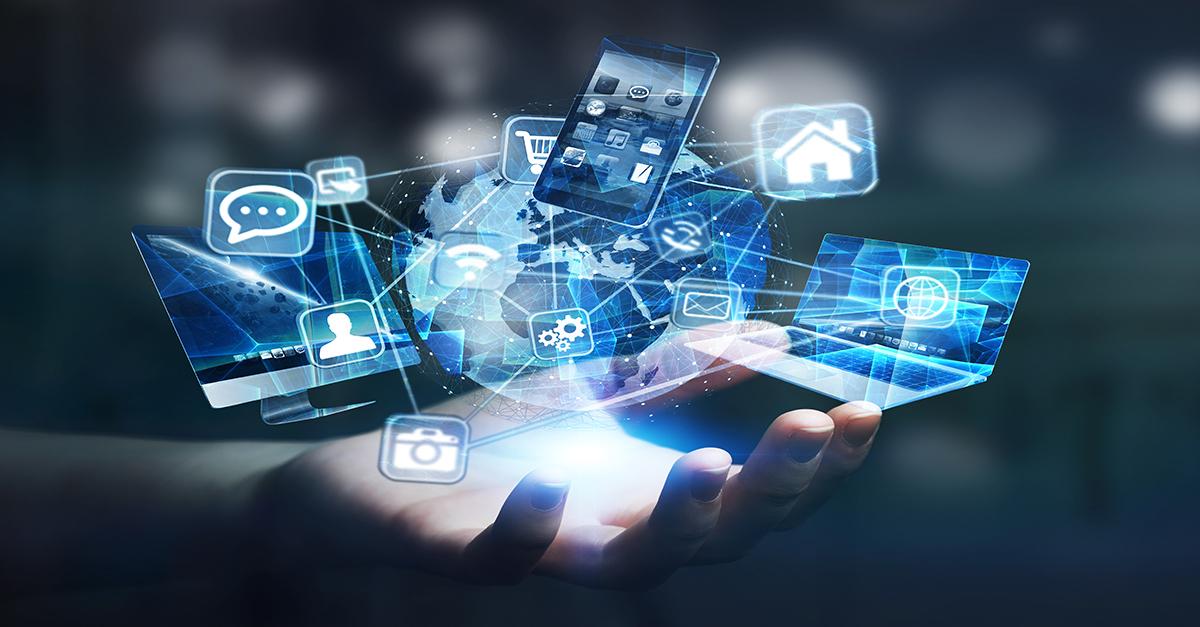
Embracing Smart Technology for Sustainable Living
as we navigate the complexities of modern living, incorporating smart technology into our homes can be a transformative step towards sustainability. By leveraging automation, homeowners can significantly reduce energy consumption, leading not only to lower utility bills but also a smaller carbon footprint. Smart thermostats, such as the Nest or Ecobee, allow for precise temperature control, adapting to your daily habits and optimizing energy usage based on real-time data.
Lighting is another crucial area where technology can make a difference. Smart bulbs can be programmed to turn off automatically when not in use or adjusted based on natural light levels. consider implementing:
- Motion sensors for outdoor lights to reduce energy waste.
- Smart plugs to control devices that consume energy when idle.
- Scheduled lighting that allows you to set specific times for lights to turn on or off, ensuring they are only used when needed.
Additionally, integrating an energy management system can provide insights into your household’s energy consumption patterns. Smart monitors help you identify high-energy appliances and suggest alternatives or adjustments to your routines.Below is a simple comparison to illustrate effective devices you might consider:
| Device | Function | energy Saving Potential |
|---|---|---|
| Smart Thermostat | Automates temperature settings | Up to 15% savings on heating and cooling |
| Smart Bulbs | Adjusts brightness and schedule | Up to 80% savings on lighting |
| Smart Plugs | Turns off devices remotely | Up to 10% of energy used by appliances |
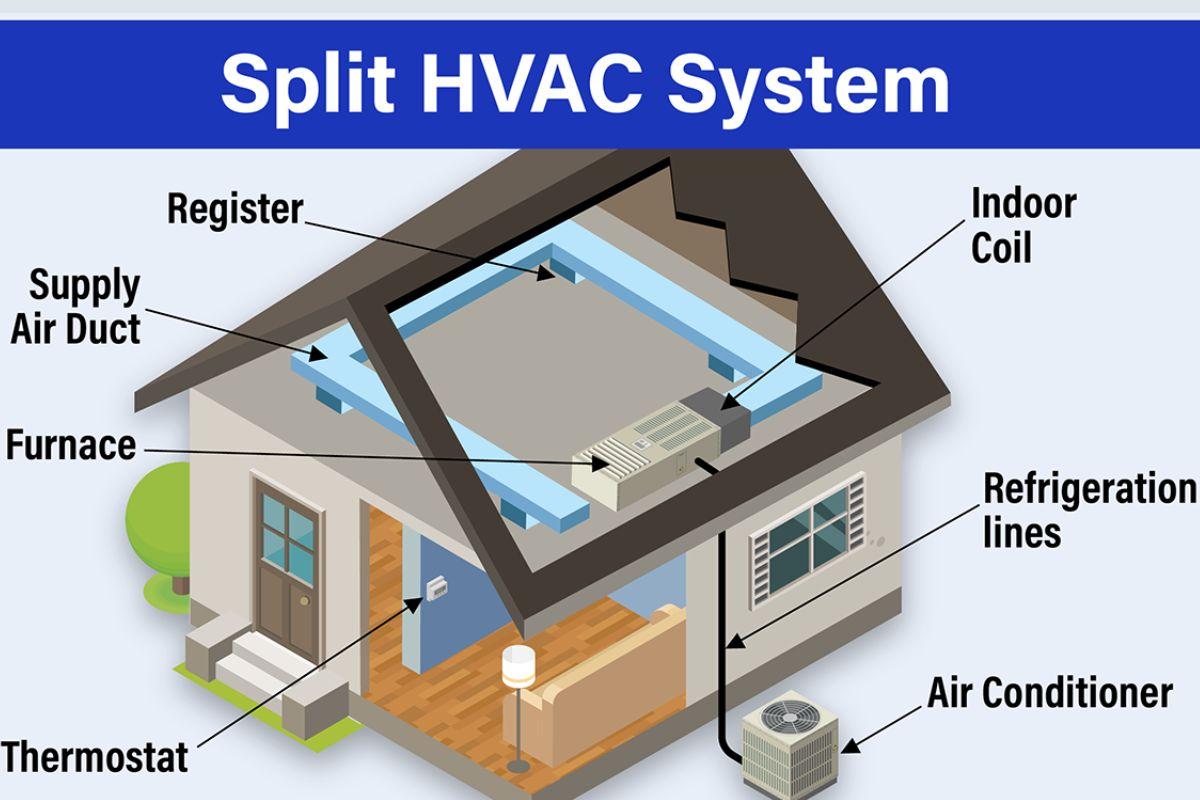
optimizing HVAC Systems for Energy Efficiency
To achieve optimal energy efficiency in HVAC systems, it is essential to first ensure that the system is properly sized for your home.An oversized unit will cycle on and off more frequently, leading to inefficient energy use. Regular maintenance is equally critical; clean or replace filters every 1-3 months, and schedule professional tune-ups at least once a year to keep your system running smoothly and efficiently.
Incorporating smart technology into your HVAC system can drastically enhance energy savings. Smart thermostats can learn your schedule and adjust the temperature accordingly, ensuring that energy is not wasted when you are not home. Additionally, consider using zoned heating and cooling, which allows different areas of your home to be heated or cooled independently, reducing energy consumption in unoccupied spaces.
another way to boost efficiency is through duct sealing and insulation. Leaky ducts can account for a significant percentage of energy loss, so ensuring that your ductwork is properly sealed can dramatically improve HVAC performance. Implementing an energy recovery ventilator (ERV) can also help balance humidity levels and improve indoor air quality without overworking your HVAC system, saving both energy and costs in the long run.
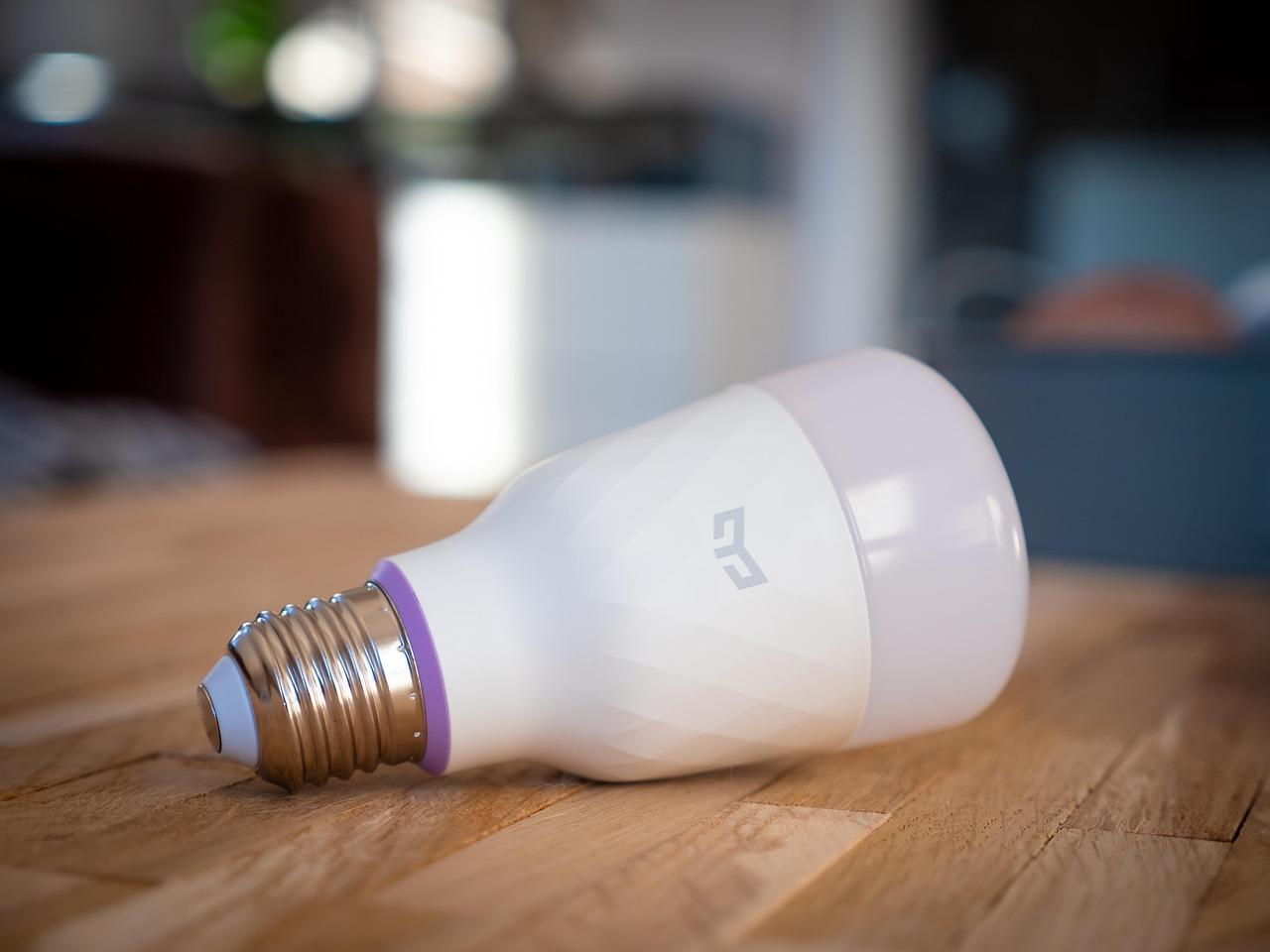
Integrating Smart Lighting Solutions for Reduced Power Consumption
Smart lighting solutions offer a transformative approach to managing energy use in your home. By utilizing LED technology, these systems consume significantly less energy compared to traditional incandescent bulbs. Moreover, the integration of sensors and timers ensures that lights are only on when necessary, leading to further reductions in power consumption. As a notable example, motion sensors can detect when a room is occupied, automatically adjusting the lighting based on real-time needs.
Additionally, consider implementing a central control system that allows you to customize lighting schemes throughout your home. Through mobile apps or voice commands, you can effortlessly adjust brightness levels and colors to suit your mood or activity. This level of personalization not only enhances your living spaces but also encourages more efficient use of energy. Using automated dimmers and programmable schedules can optimize power usage during peak hours,creating a beneficial impact on both your bills and the surroundings.
To further illustrate the benefits, here’s a simple comparison table of traditional lighting vs. smart LED lighting:
| Feature | Traditional lighting | Smart LED Lighting |
|---|---|---|
| Energy Efficiency | ~15 lumens/watt | ~80 lumens/Watt |
| Life Span | 1,000 hours | 15,000+ hours |
| Control Capabilities | Standard switch | Voice, App, Sensors |
Upgrading to intelligent lighting not only streamlines your daily routines but also contributes to a more sustainable household. By embracing these advanced technologies, you can significantly reduce your carbon footprint while enjoying a more pleasant and user-friendly environment. The shift to a smarter lighting ecosystem is an essential step toward a greener future.
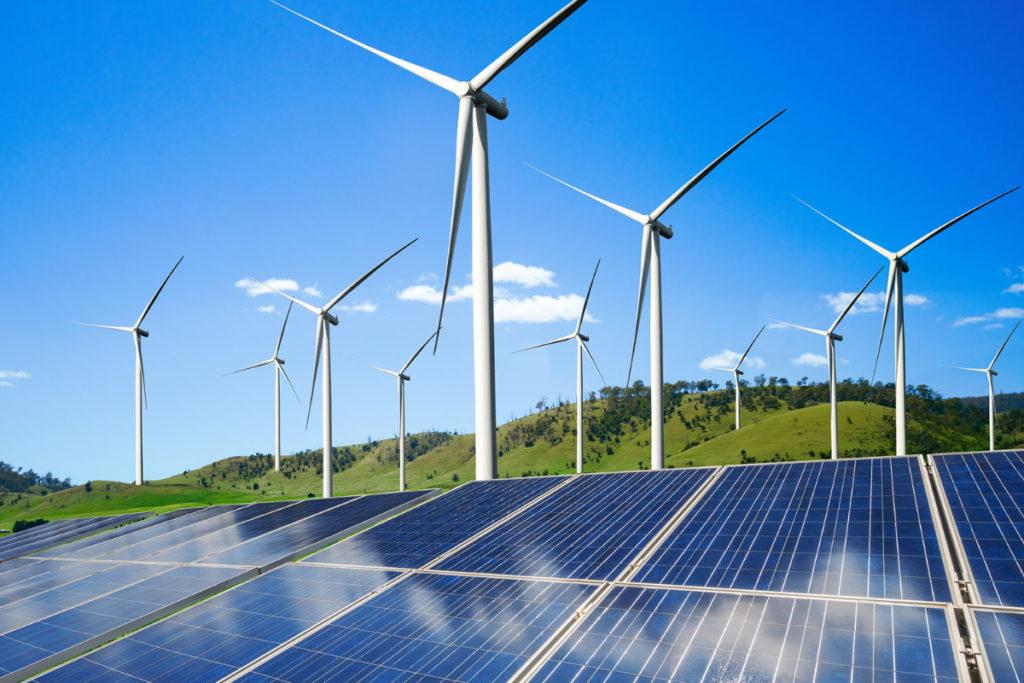
harnessing Renewable Energy Sources in Your Home Automation System
Integrating renewable energy sources into your home automation system is an excellent way to reduce your carbon footprint while enhancing energy efficiency. Solar panels, wind turbines, and battery storage systems can be seamlessly connected to smart home devices, ensuring that your energy consumption aligns with the production of clean energy. By using sensors and smart controllers, you can optimize energy use, consuming power when it’s most abundant, and storing excess energy for later use.
Here’s how you can harness different renewable energy sources:
- Solar Power: Use photovoltaic panels to convert sunlight into electricity.Incorporate smart inverters to manage energy flow.
- Wind Energy: Small wind turbines can be installed where feasible,and integrated into your home network for real-time monitoring.
- Battery Storage: Combine solar and wind energy systems with battery storage to retain unused energy for nighttime use or peak demand periods.
To effectively monitor and manage your renewable energy consumption, consider setting up a dashboard with key metrics. The following table outlines basic setup components and their functions:
| Component | function |
|---|---|
| Smart Energy Monitor | Tracks real-time energy usage from all sources. |
| Smart Thermostat | Optimizes heating and cooling based on renewable energy availability. |
| Automated Lighting | Adjusts based on natural light conditions and energy production. |
Q&A
Q&A: Green & Smart – Energy-Saving Home Automation Tips
Q1: what exactly is home automation and how does it contribute to energy savings?
A1: home automation refers to the integration of technology into household systems such as lighting, heating, and appliances, allowing for remote control and monitoring. By automating these systems, homeowners can optimize energy usage—turning off lights when no one is home, adjusting the thermostat based on occupancy, and scheduling appliances to run during off-peak hours. This not only reduces energy consumption but can also lower utility bills.
Q2: what are some simple home automation devices that can definitely help save energy?
A2: There are several entry-level devices that make energy-saving home automation a breeze! Smart thermostats, like the Nest or Ecobee, learn your schedule to efficiently manage heating and cooling. Smart plugs allow you to automate appliances, ensuring they only consume power when needed.Additionally, smart light bulbs can be programmed to turn off when no one is around, drastically reducing wasted electricity.
Q3: Do I need a high-tech home to implement energy-saving automation?
A3: Not at all! You don’t need to turn your home into a futuristic paradise. Many energy-saving automation solutions are affordable and can be installed without professional help. Even simple devices, like programmable timers for lights or smart power strips for electronics, can significantly enhance your energy efficiency while keeping everything user-friendly.
Q4: Can automation truly lead to significant energy savings, and if so, how much?
A4: Yes, automation can lead to considerable energy savings. According to various studies, homes with smart technology can reduce energy usage by up to 30%. This varies depending on the devices used and user habits, but even small changes can add up. For example, utilizing smart thermostats alone can save households between 10-15% on heating and cooling costs annually.
Q5: How can I start my journey toward a more energy-efficient automated home?
A5: Starting your journey is easier than you might think! Begin with a clear energy-saving goal: oversee your energy usage patterns and identify areas of improvement.Next, invest in a smart thermostat or smart plugs. Gradually add other devices like automated blinds or smart security systems that can also contribute to energy efficiency. Remember, it’s a process, and taking small steps can lead to a greener home in the long run!
Q6: Are there any potential downsides to home automation?
A6: While home automation can offer many benefits, there are a few drawbacks to consider. Initial costs for smart devices can add up, and there’s a learning curve for some users. Additionally, network security is a concern; ensuring all devices are updated and using strong passwords is critical to protect your home’s information. It’s wise to weigh these factors against the long-term savings and environmental benefits.
Q7: Is it too late for those living in older homes to automate and save energy?
A7: Not at all! Home automation is highly adaptable and can benefit homes of any age. Older homes can still utilize smart technology, provided that electrical systems are in good condition. many smart devices are designed with user-friendliness in mind, making integration straightforward. Whether you have an antique charm or a mid-century masterpiece, you can enhance its efficiency with the right technology.
Q8: How can I ensure that my home automation system is sustainable?
A8: To ensure sustainability,focus on purchasing energy-efficient devices rated by Energy Star or other recognized standards. Consider the longevity of your devices and opt for ones that can be updated or integrated with new technology over time. Lastly, practice energy-conscious behaviors by adjusting settings and schedules based on your daily routine, thereby maximizing the impact of your greener home automation journey.
By exploring these questions and answers, homeowners can glean valuable insights on how to smartly navigate the realm of home automation while championing energy savings and sustainability.
Insights and Conclusions
As we navigate through an era of heightened awareness about energy conservation and sustainability, implementing smart home automation solutions can serve as both a practical and impactful approach to reducing our carbon footprint. We’ve explored a variety of innovative strategies, from smart thermostats that learn your habits to energy-efficient lighting systems that adapt to your schedule. The integration of technology into our living spaces not only simplifies our daily routines but also paves the way for a greener future.
As you embark on your journey toward a smarter and more energy-efficient home, remember that each small step contributes to a larger movement. Whether you fully embrace a high-tech home or simply make a few conscious changes, your efforts can inspire others to rethink their energy consumption. The beauty of automation lies in its ability to transform ordinary spaces into eco-friendly sanctuaries—where convenience meets consciousness.
In this evolving landscape, it’s essential to keep learning and adapting. By staying informed about the latest advancements in home automation and energy efficiency, you can continue to optimize your space for both comfort and sustainability. As we collectively strive for a greener tomorrow, let each automated feature in your home remind you of the role you play in creating a more responsible and sustainable world. Here’s to living smartly and sustainably, one automated step at a time.
